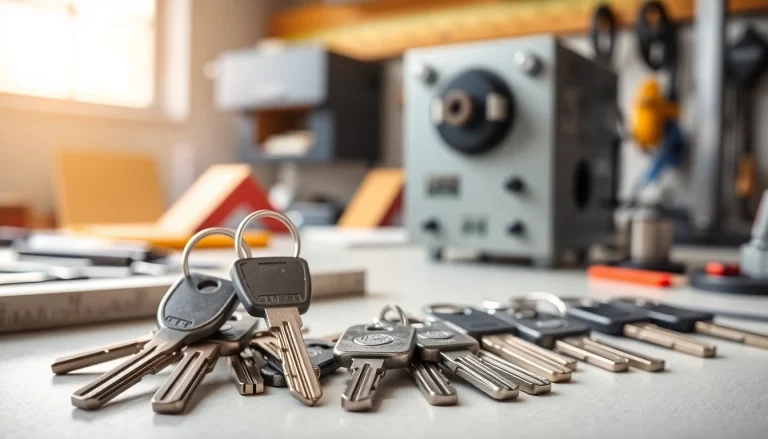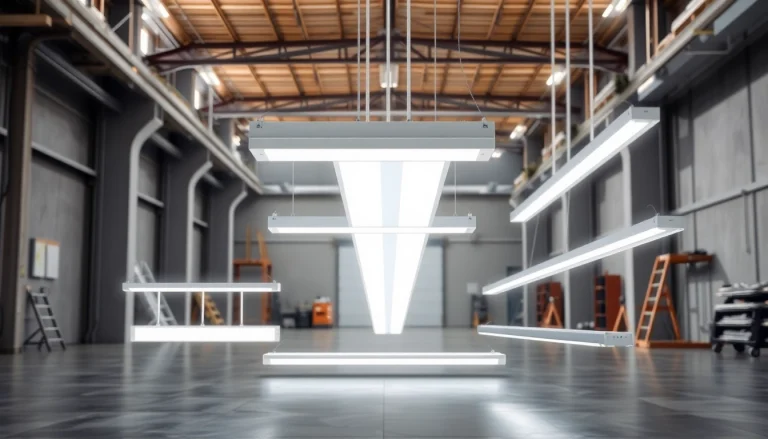Understanding Competitive Car Part Exchange
In the ever-evolving automobile market, the concept of competitive car part exchange provides an attractive option for many car owners looking to trade in their current vehicle for a new one. It encapsulates a process where a seller exchanges their car as a form of payment toward the purchase of another vehicle, often at a dealership. This method of trading can deliver a sense of convenience, especially for those eager to upgrade their vehicle without the hassle of private selling.
What is Competitive Car Part Exchange?
Competitive car part exchange refers to the ability of car owners to receive a fair and often enhanced valuation for their trade-in vehicle compared to traditional selling methods. It focuses on maximizing the car’s trade-in value while providing buyers with necessary transparency and trust. This approach is increasingly relevant in today’s fast-paced car buying environment, where dealerships and consumers alike are looking for swift and efficient transactions.
Benefits of Part Exchange Over Selling
Opting for a part exchange has several advantages:
- Convenience: Part exchanging is generally a more straightforward process than selling a car privately. The paperwork, negotiations, and logistics often fall on the dealership.
- Competitive Valuations: Many dealerships advertise competitive valuations for trade-ins, ensuring that sellers receive a fair price that reflects the market value.
- Time-Saving: Instead of waiting weeks or months for a private sale to finalize, part exchanges can typically be completed in a single transaction day.
- Less Hassle: For those who might find the sale negotiation process daunting, dealers manage negotiations and offer trade-in prices upfront.
Factors Influencing Valuation
Several elements contribute to the valuation of a vehicle during a part exchange:
- Condition of the Vehicle: The overall physical and mechanical state of the car plays a pivotal role.
- Market Demand: The popularity of a specific make or model in the local market may affect its trade-in value.
- Mileage: Lower mileage cars generally attract higher valuations due to perceived longevity.
- Service History: A well-documented service history not only adds value but also enhances buyer confidence.
How to Prepare Your Car for Exchange
Essential Maintenance Tips
Before heading for a part exchange, ensuring your vehicle is in optimal condition can increase its valuation. Here are essential maintenance tips:
- Regular Servicing: Keeping up with required service intervals helps maintain the vehicle’s health.
- Tire Condition: Inspect tires for wear and ensure they are inflated to the proper levels.
- Fluid Checks: Ensure oil, coolant, and brake fluid levels are adequately maintained.
Gathering Documentation and Valuations
Having all necessary documents organized helps both the seller and dealer. Important documents include:
- Logbook/V5 registration certificate
- Service history documentation
- MOT certificates and any relevant repair records
It’s also wise to check online tools to get a rough estimate of your car’s market value before negotiating.
Cleaning and Presentation Guidelines
A clean vehicle is more appealing and suggests to the dealer it has been well maintained. Here are presentation tips:
- Exterior Wash: A thorough wash and wax will improve first impressions.
- Interior Cleaning: Vacuuming and cleaning surfaces creates a welcoming environment.
- Minor Repairs: Consider fixing small scratches or dents—while it may incur costs, it could enhance valuation.
Finding the Right Dealership for Your Exchange
Researching Local Dealerships
Finding a trustworthy dealership is crucial for a successful part exchange. Start by researching local dealers through:
- Reading customer reviews online
- Asking for recommendations from friends and family
- Comparing different dealerships’ offered services and trade-in deals
Evaluating Dealership Offers
When assessing dealership offers, it’s essential to remain critical and informed:
- Get Multiple Quotes: Collect offers from several dealerships to identify the most competitive bid.
- Understand Their Process: Each dealership may have a different approach to valuation. Understanding this can help you navigate negotiations better.
Negotiating the Best Value
Negotiation can significantly impact the trade-in value of your car. Keep these tips in mind:
- Be Prepared: Know your vehicle’s value and be willing to share supporting data.
- Stay Calm: Effective negotiation requires patience and composure; don’t rush into a decision.
- Don’t Show Too Much Emotion: Showing that you are desperate for a sale can put you at a disadvantage.
Common Mistakes to Avoid During a Part Exchange
Misunderstanding Vehicle Value
A common pitfall is misjudging the car’s worth. Losing focus on thorough research can lead to underwhelming valuations; always approach negotiations informed.
Ignoring Market Trends
Staying updated on market trends is important. A rising market may mean your vehicle could fetch a better price, while an oversaturated one might necessitate patience.
Rushing the Exchange Process
It’s crucial not to rush. Take the time to explore offers, conduct research, and ultimately make a decision that aligns with your needs and financial goals.
Taking Advantage of Online Resources
Comparative Tools and Platforms
The internet is brimming with resources to assist in the selling and trading process:
- Price Comparison Websites: Utilize platforms where you can compare your car’s estimated value against others.
- Dealership Websites: Many offer online valuation tools that can help you gauge potential trade-in amounts.
Understanding Marketplaces for Parts
Being educated about both car sales and parts sales can enhance your negotiation position. Knowing the market for parts can also empower you when discussing values with dealers.
Leveraging Customer Reviews
Customer feedback can reveal the strengths and weaknesses of dealerships. Websites dedicated to reviews can shine light on others’ experiences, aiding your decision-making process.








